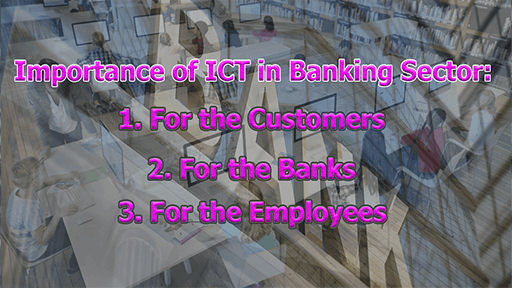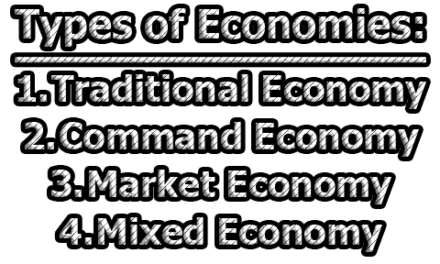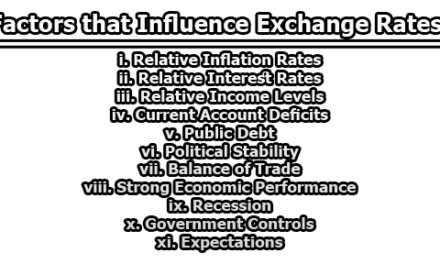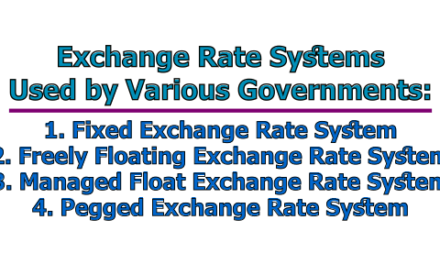Importance of ICT in Banking Sector:
The importance of ICT (Information and Communication Technology) in the banking sector has three-dimensional for customers, banks, and employees which are briefly discussed below:
1. For the customers: Banks are aware of customer requirements for new services and plan to make them obtainable. IT (information technology) has amplified the level of competition and forced them to take part in new technologies to satisfy their customers. They have already advanced and implemented several specific solutions among them:
- Self-inquire facility: The facility to log in to the exact self-investigation terminals at the branch to inquire and view the transactions in the account.
- Remote Banking: Remote terminals at the customer’s site are connected to the modem in the respective branch, which enables them to make inquiries as regards his accounts, on-line, without having to move from his office.
- Banking anytime and anywhere: Installation of ATM which allows not-stop cash withdrawals, remittance, and inquire about the services. Inter-city and intra-city computerized branch networking will allow customers of these branches.
- Telebanking: 24-hour service that involves balancing accounts and making transactional inquiries over the phone.
- Electronic Banking: This enables the bank to inquire about the provider of graphical user interface (GUI) software on any PC, inquiries about financial transactions and accounts, cash transfers, checkbook issues, and rates without going to the bank.
2. For the Banks: Over the past decade, banks have applied IT to a wide range of back and front office jobs in addition to a lot of new products. The main advantages of the bank in implementing IT are:
- Extensive inquire facilities help the bank in business growth and follow-up.
- Immediate response to the customer query without mentioning the ledger-keeper as the terminal is provided to the managers and chief managers.
- Automatic and prompt carrying the appropriate date and standing instructions on how to create a report.
- Computer interconnects computerized branches and controls offices enabling quick and up-to-date data transfer to make quick decisions.
3. For the Employees: IT has their efficiency through the followings:
- Accurate computing of complex and time-consuming works such as balancing on the right date and calculating interest exactly.
- Covering schedule, receipt of deposits, automatic printing of passbooks/pass sheets, free the employees from performing these time-consuming tasks and enables them to pay more attention to the needs of the customer.
- A signature retrieval facility, sitting in its own terminal helps in the verification of transactions.
- Avoid duplication of entries due to the being of single-point data entries.

Assistant Teacher at Zinzira Pir Mohammad Pilot School and College










